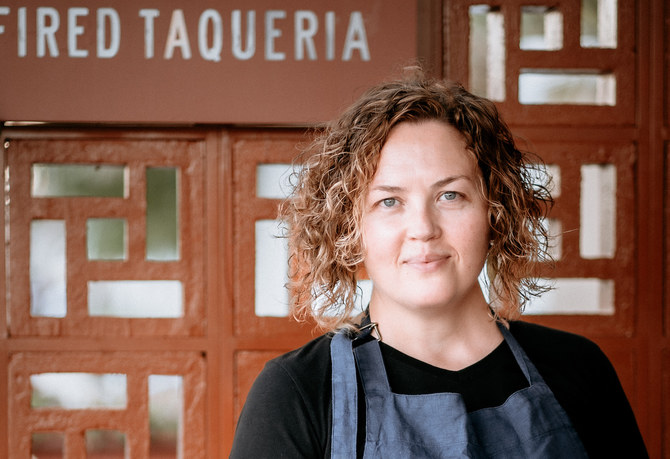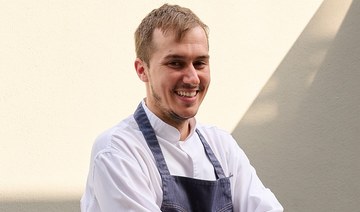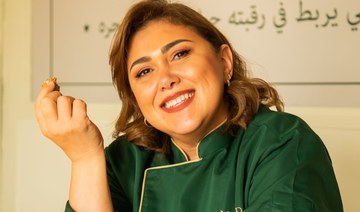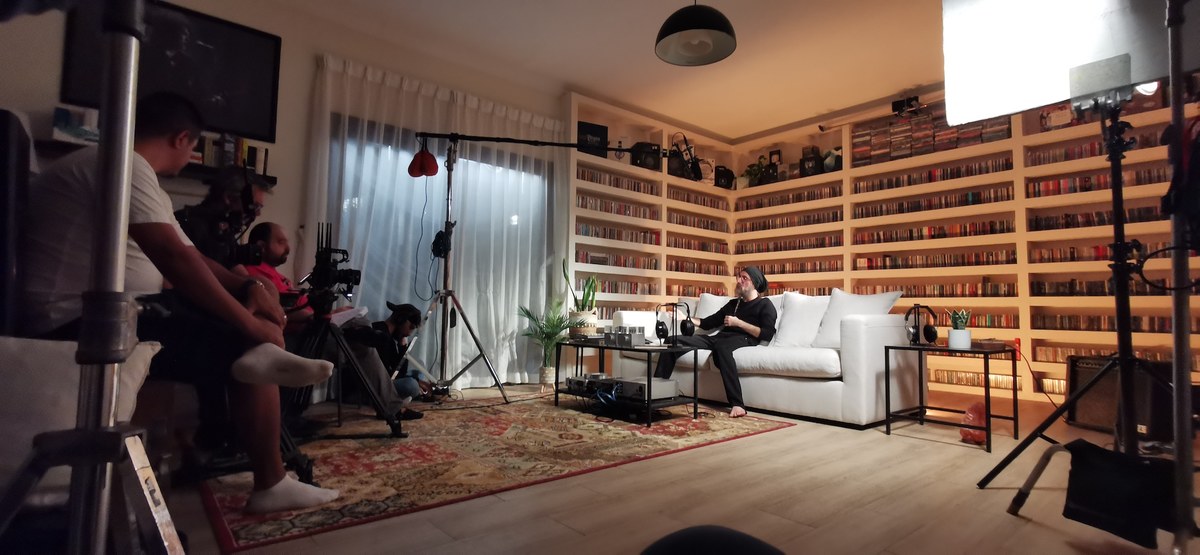DUBAI: On Dubai’s Jumeirah Beach Road, sandwiched between an old-school cafeteria and a mini mart, there’s a new kid on the block that is becoming the talk of the town. An homage to bona-fide Mexican flavors, Lila Taqueria was established last year by American chef Shaw Lash — who grew up in the border state of Texas, immersed in Mexican culture — and her Dutch-Syrian husband Tarek Islam. They bill it as the region’s first wood-fired taqueria (a restaurant specializing in tacos).
The core of Shaw’s menu is heirloom corn imported directly from Mexican farms. Her multicultural team in the kitchen produce around 800 hand-made tortillas every day. “I thought there was an opportunity to tell the narrative of Mexico,” Lash tells Arab News. “We’re representing the origin story of Mexican food. This process dates back 5,000 years to the indigenous women of Mexico.”
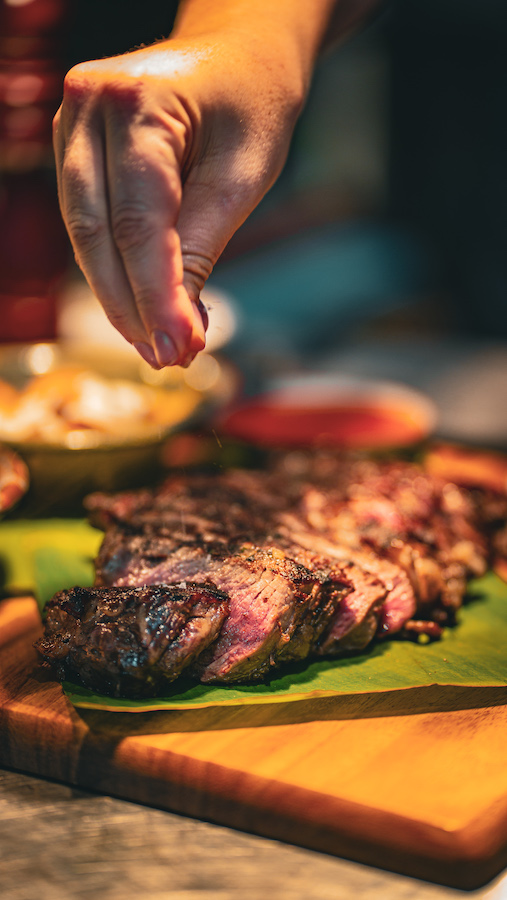
Wood-grilled ribeye. (Supplied)
Accommodating up to 35 guests, the place itself is warm and modern — far from the stereotypical decor of maracas and sombreros. Every detail has a meaning. The name Lila, inspired by the great Mexican singer Lila Downs, was Lash’s nickname during her twenties, which she spent in Mexico. The logo’s colors are inspired by earthy terracotta and the silver-grey skies of the city of Oaxaca. Small sculptures of mythical animals, known as alebrijes, sit beneath banners. One reads, in rhyming Spanish, “Without corn, there is no country.” The walls are decorated with a mural designed by a Mexican artist depicting traditional Mexican cooking tools. “We wanted it to be cozy and inviting,” says Lash.
You get the feeling that Lila Taqueria is a love letter to a country that shaped the passionate chef’s life, career, and palate.
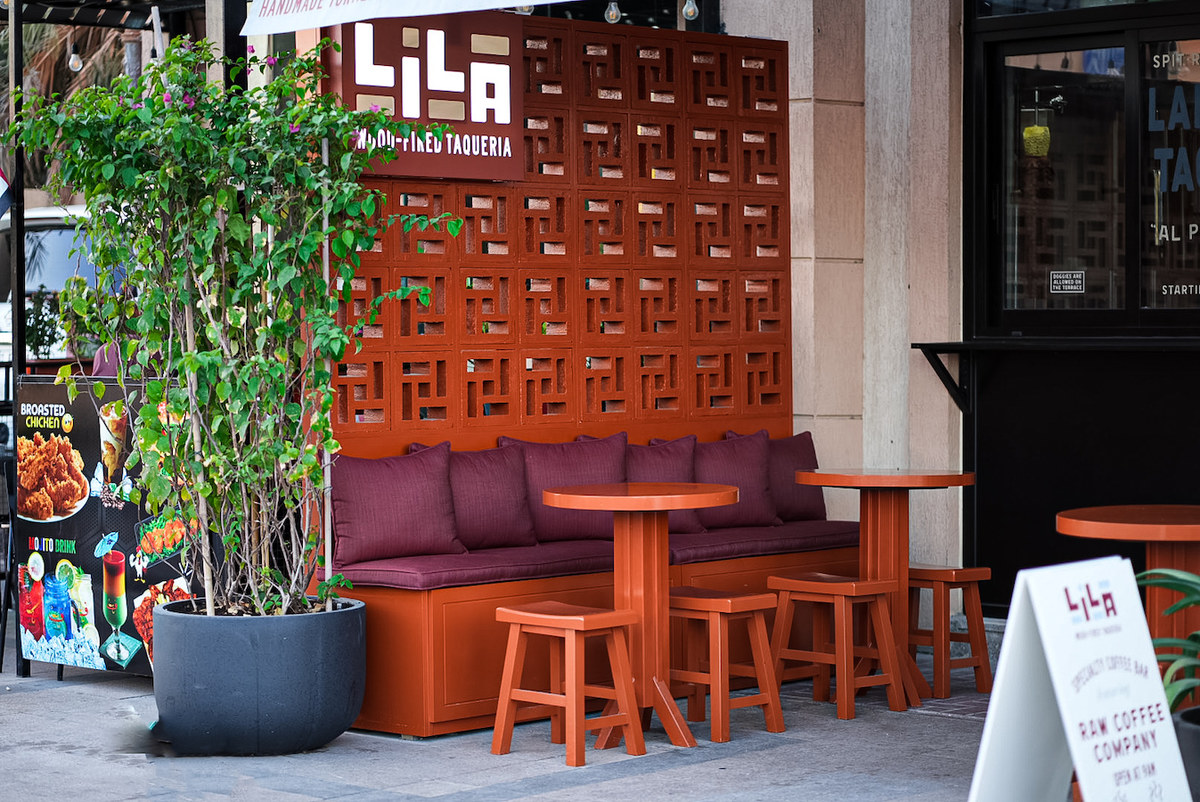
Lila Taqueria was established last year by American chef Shaw Lash. (Supplied)
Here, Lash discusses a memorable childhood trip to Mexico, her “last supper,” and shares a salsa recipe.
Q: What’s your earliest food memory?
A: It not be my earliest, but it’s one of my most vivid. My family was in and out of Mexico a lot when I was young. I think I was 10 or 11. We went to the beach and I remember my parents were in the water for the day and then we were looking for dinner. In a wooden beach shack, there was a whole mahi-mahi (dolphin fish), slathered in roasted garlic, chili and lime. They gave us a stack of corn tortillas and that whole fish. I remember vividly what that tasted like and what that experience was. I think when I make a whole fish with a stack of tortillas that’s me recreating that dish.
When you started out as a professional, what was the most common mistake you made?
Having too much ego — thinking you know everything.
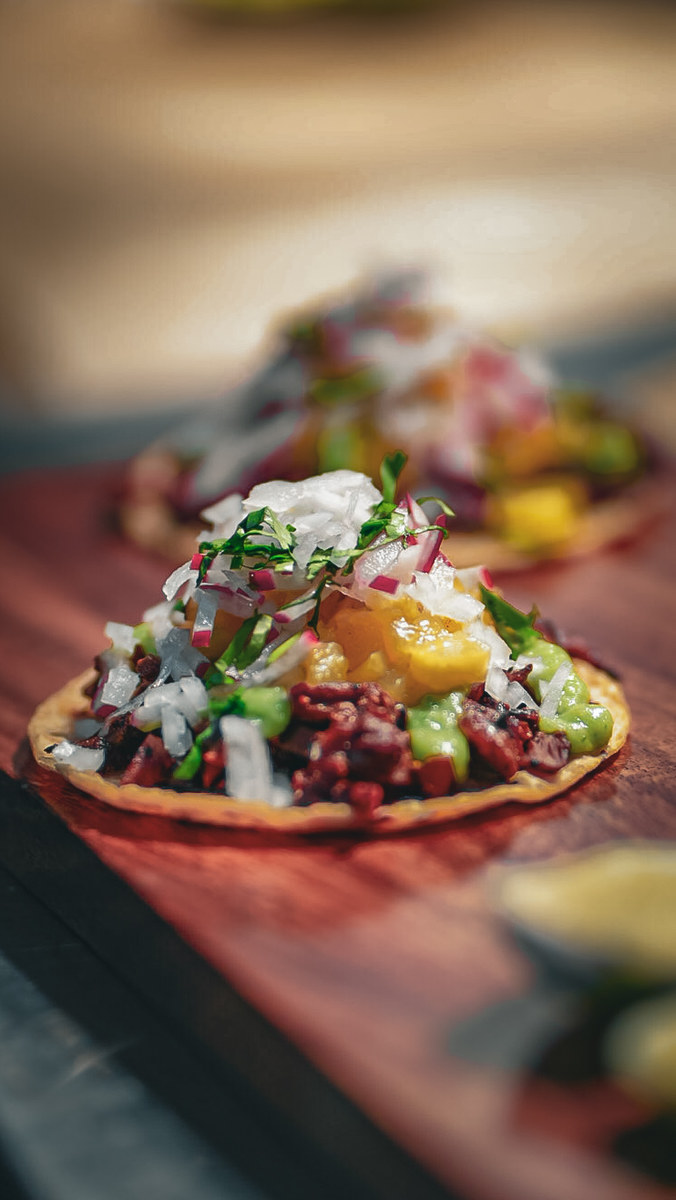
Lamb tacos “al pastor.” (Supplied)
What one ingredient can instantly improve any dish?
For Mexican food, it’s fresh lime. My favorite stuff outside of Mexican is fresh lemon and fresh basil. Just tear three or four leaves of basil on top of a dish and it will always taste instantly better.
Are you a disciplinarian in the kitchen? Do you shout a lot? Or are you more laidback?
I’m like a momma in the kitchen. I feel like I’m responsible for my team. I think that culture of pot throwers is going away a little bit. It used to be that all the chefs were unhealthy. They were doing a lot of drugs and smoking a lot and now chefs are more healthy, fit. But no, I’m not a screamer.
What customer behavior most annoys you?
Asking to change the dishes or modify something that’s integral to the dish. I go, “Are you the chef now?” (Laughs.)
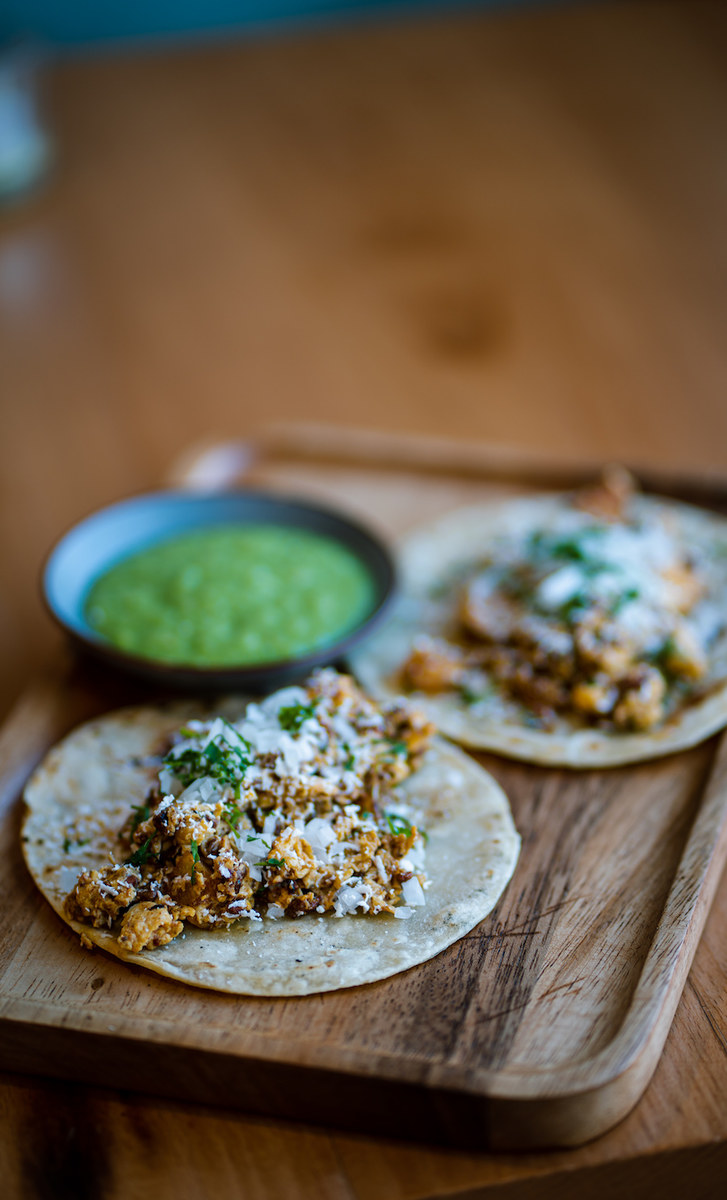
Open faced quesadillas mexico city style. (Supplied)
What’s your favorite dish to cook?
I really love cooking a big steak. Beside the grilling, I really love the cast-iron skillet, garlic, French herbs, butter, nice sea salt and a beautiful piece of meat. That would be my last supper.
When you go out to eat, do you find yourself critiquing the food?
It’s very easy to see flaws, but I find myself to be far less critical if the entire experience has value. Everyone’s a critic, but I’d say I’m a little softer than most as far as, like, being more patient.
What’s your top tip for amateur chefs?
Eat as much as you can, travel, and be humble about what you know and what you don’t know.

Chipotle Steak Tacos. (Supplied)
Chef Shaw’s chipotle steak tacos
Ingredients (serves 2-4):
450g of top sirloin or flank steak, sliced thinly crosswise; 2 white onions, sliced; vegetable oil (to sauté); 2 or 3 canned chipotle chiles en adobo; 2 tbsps of adobo sauce from the can; 3 Roma tomatoes, chopped; 2 avocados, sliced; 1 small pack of crumbly fresh cheese (ideally Mexican queso fresco — alternatively, firm, dry Feta cheese); 12 corn tortillas; fresh lime wedges; chopped white onion and finely chopped coriander as garnish; sea salt and freshly cracked black pepper, to taste.
Instructions:
1) Heat a heavy-bottomed cast-iron skillet over medium-high heat.
2) Add a small amount of vegetable oil to the skillet and add the steak slices. Cook until almost ¾ finished, add salt and pepper to taste. Remove and place on a plate.
3) Add the sliced onion to the pan, and sauté in vegetable oil until deep golden brown. Add chipotle chiles, adobo sauce, and chopped tomatoes. Sauté until mixture is reduced by about a quarter.
4) Add the steak slices back into the pan. Sauté until warm and re-season, if necessary. Take the pan off the stove.
5) Take the tortillas and warm them by either quickly passing them over a gas flame on the stove, or wrapping in a damp kitchen towel and microwaving for 20 seconds.
6) Fill the warm tortillas with the meat filling.
7) Top the tacos with sliced avocado, crumbled cheese, and a squeeze of fresh lime. Serve hot with a garnish of chopped onions and fresh coriander.



